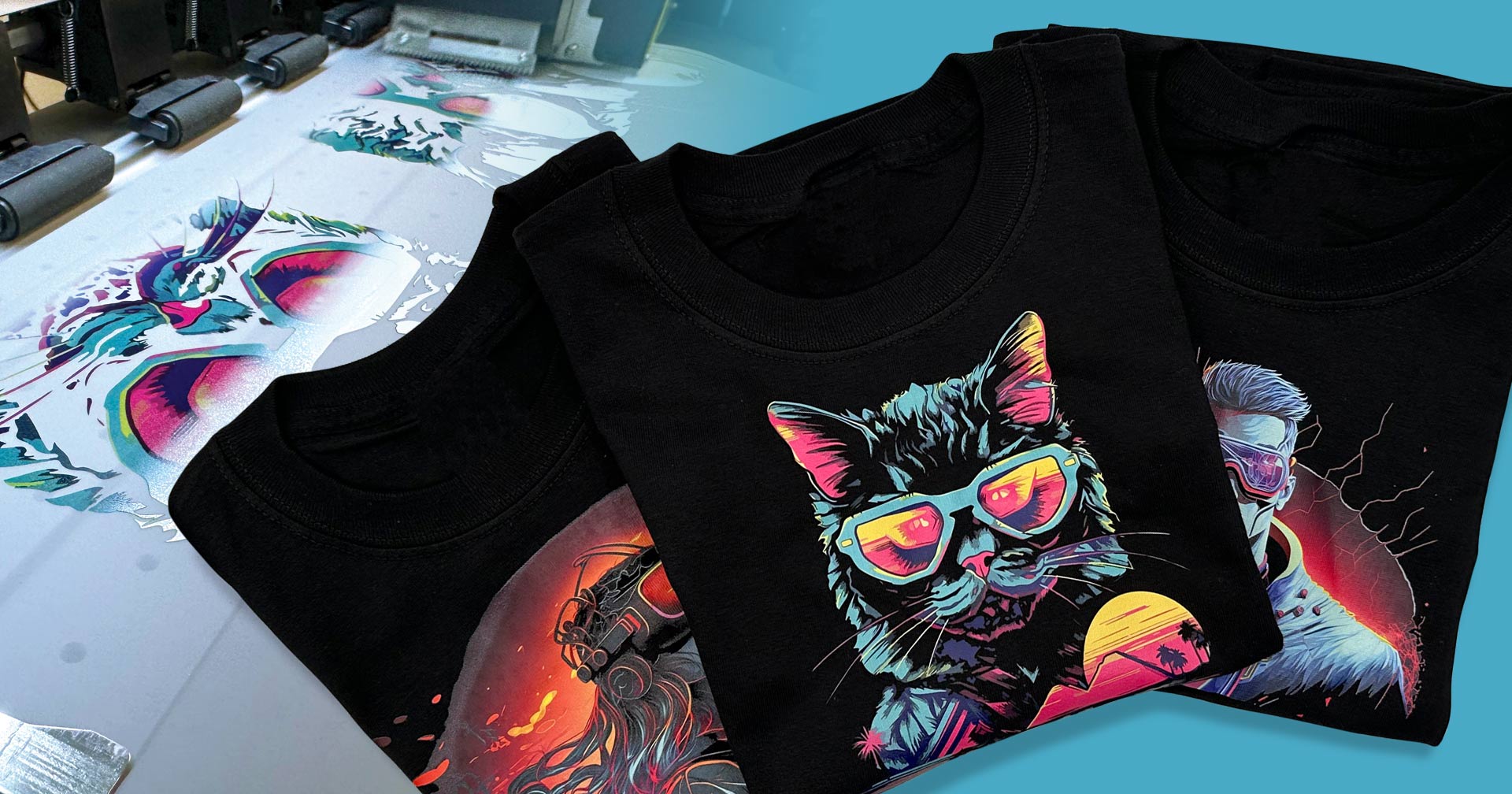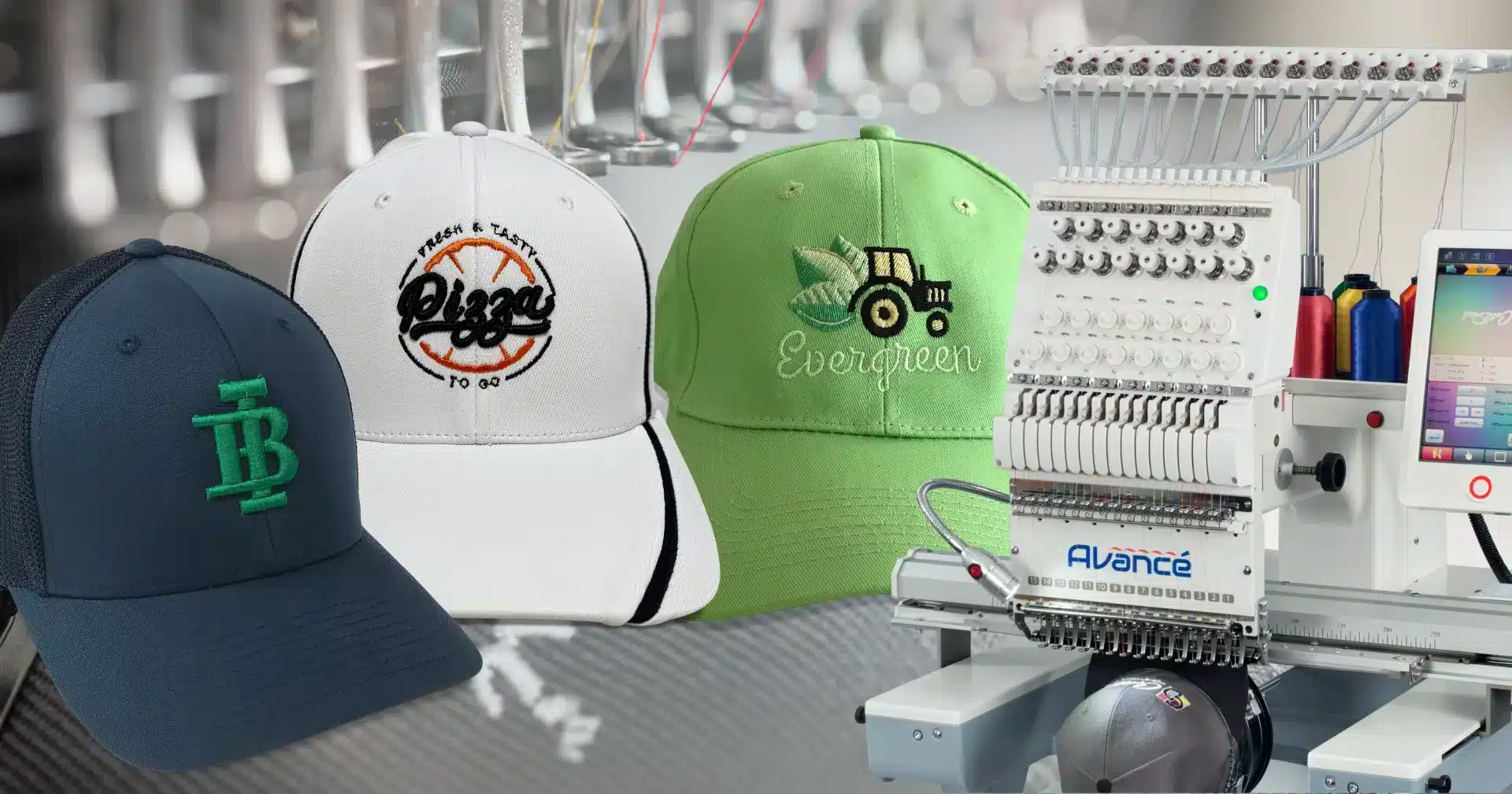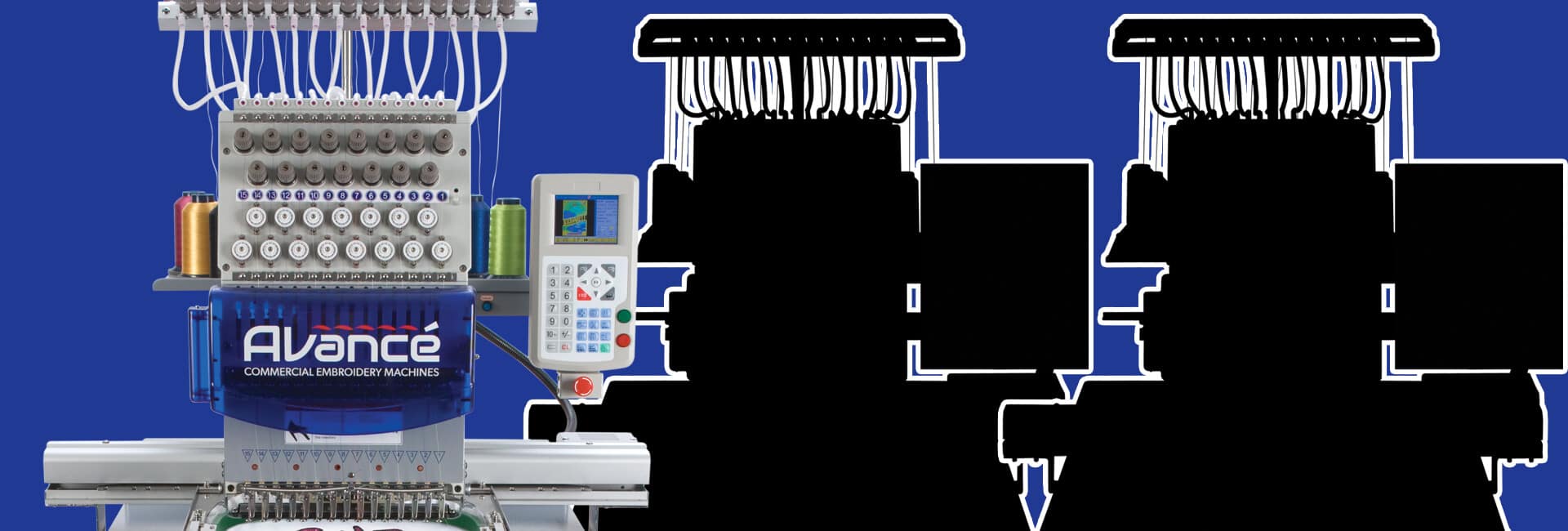Ready to blow your mind with some innovative Direct to Film (DTF) techniques that blend traditional screen printing with modern digital technology? Today, we’re diving into methods that could make any screen printer’s head spin.
Innovative Approach to Ink Savings
One of the first strategies we’re exploring is removing a color from your DTF design. In this case, black—and allowing the shirt’s fabric to show through instead.
This technique not only cuts down on ink costs but also results in a softer feel for the finished product. You can apply this method with any color, making it versatile for diverse designs and fabric colors.
This article provides a thorough comparison, weighing the pros and cons of each method, and offers insights into which might be the best fit for your printing needs.
Tackling the Variable Size Challenge
Screen printers often face challenges when dealing with orders that include multiple sizes, such as adult and children’s shirts. This means creating multiple sets of screens, which is both time-consuming and costly. By leveraging digital printing, we can simplify this process. A design can be scaled appropriately for different shirt sizes. Such as an 8-inch logo for small shirts, a 10-inch logo for medium, and a 12-inch logo for large.
Avoid the hassle of creating separate screens for each size. Instead, reduce setup time and ensure that designs fit each shirt size perfectly, preventing small shirts from looking like billboards or large shirts appearing to have tiny logos.
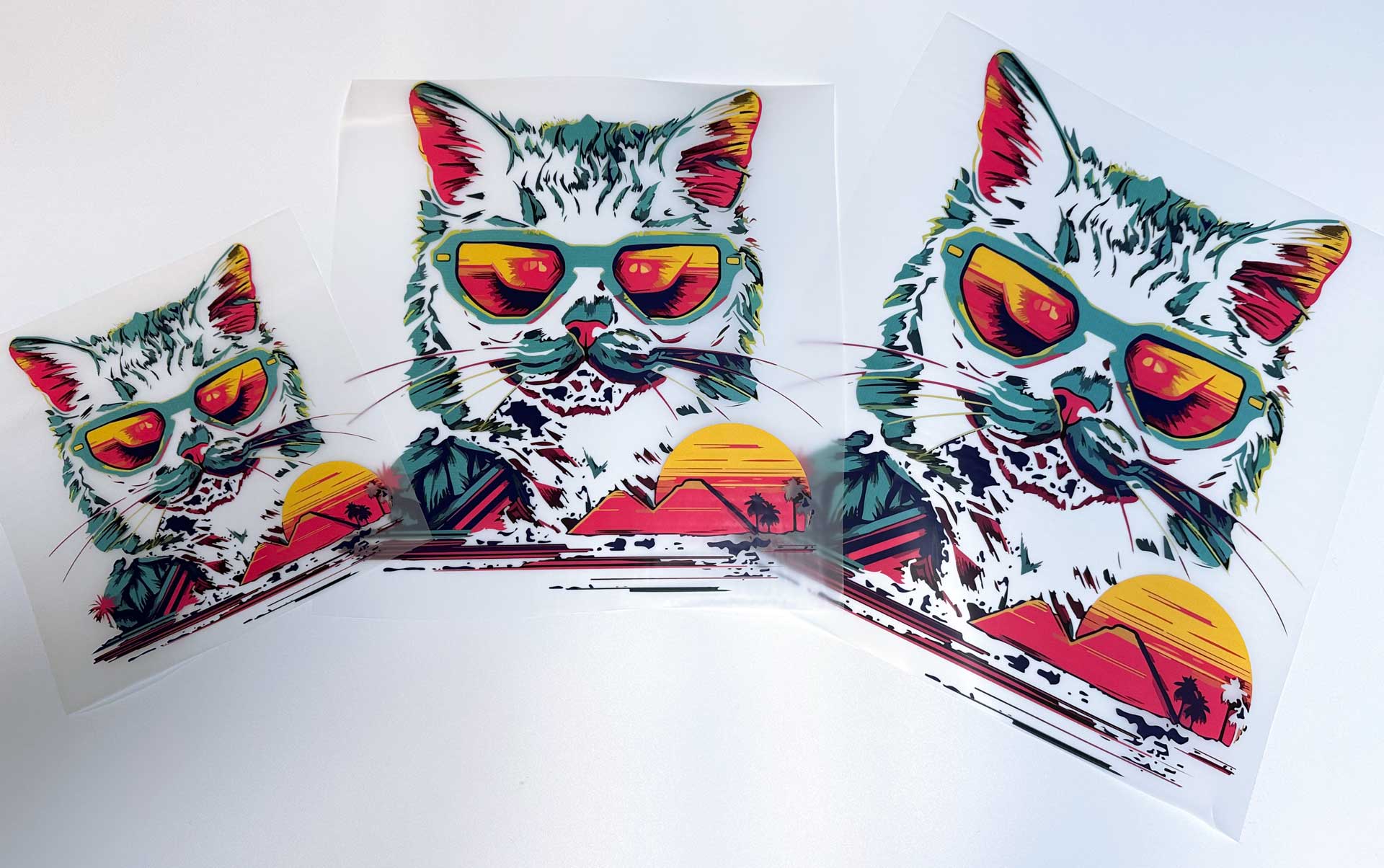
Enhancing Designs with Halftone Printing
Another advanced technique we’re utilizing is halftoning. By integrating halftones into your designs, you create smoother transitions and softer prints.
This is useful for areas where traditional white underbasing might not achieve the desired effect. Halftoning enhances the design’s feel without compromising its quality, providing a softer, more comfortable print.
What is Halftone Printing?
Benefits of Halftoning for DTF Printing
- Improved Print Quality: Halftoning helps create smooth gradients and detailed images, making the printed design look more professional and polished.
- Better Color Control: By using varying dot sizes and spacing, halftoning can produce a wider range of colors and tones, allowing for more accurate color reproduction.
- Cost Efficiency: Halftoning can reduce the amount of ink used in the printing process. Since it simulates continuous tones with less ink, it can be more economical, especially for large-scale printing.
- Enhanced Durability: Prints created with halftoning techniques tend to have better durability and longevity. The controlled distribution of ink can result in a more stable print that is less prone to fading and wearing out over time.

If you’re looking to scale your printing capabilities and expand your product offerings while maintaining high quality and efficiency, investing in a commercial DTF printer could be a strategic move for your business. Read More: Why Your Business Should Invest in a Commercial DTF Printer
Real-World Application
Let’s put these concepts into practice. Imagine a large, vibrant transfer, like a retro cat design, which covers a sizable portion of a shirt. By removing the black areas from the design, we achieve a striking look with a soft hand feel. This method saves ink and ensures the shirt remains comfortable to wear.
Here’s a quick rundown of the process:
- Print the design with the black areas removed.
- Place the transfer on the shirt and press with a heat press for ten seconds.
- Perform a hot peel; then apply a finishing sheet and press again for five seconds.
The result? A cool, eye-catching design that is soft to the touch and cost-effective.
DTF Advantages Over Traditional Screen Printing
- Cost Efficiency: Reduces the need for multiple screens and minimizes ink usage.
- Flexibility: Accommodates variable sizes without extra screen setups.
- Quality: Achieves vibrant colors and smooth gradients that are challenging with traditional methods.
- Softness: Produces a softer print through techniques like halftoning and color removal.
Embracing the Future of Custom Apparel Printing
In the modern marketplace, digital printing is becoming increasingly crucial. It complements traditional screen printing and, in many cases, surpasses it in efficiency and quality. Whether printing a few dozen shirts or a few hundred, digital printing can streamline your operations, reduce costs, and deliver superior products.
By incorporating these innovative techniques, your custom apparel business can stay ahead of the curve, offering clients high-quality, cost-effective solutions that stand out in the market. Embrace the power of digital printing and watch your business thrive!
Fine-tune and perfect your method for consistently producing soft, high-quality prints. The black knockout halftone effect is an especially effective technique for preserving design details while making the print lighter, more breathable, and softer overall.
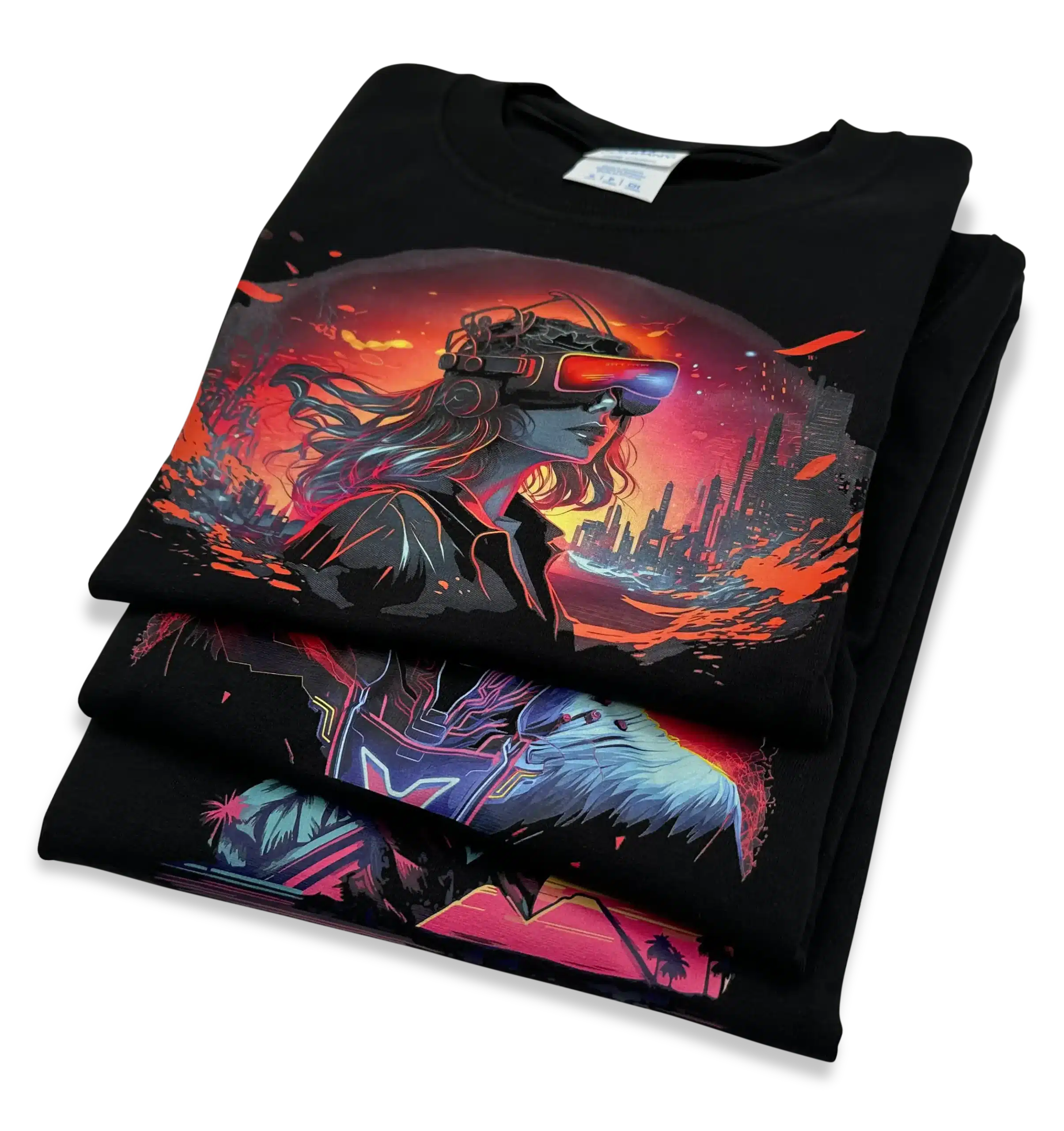
Read More: DTF Printing for Apparel: Answering Frequently Asked Questions This article addresses common queries about DTF printing, such as its compatibility with different fabric types, durability of prints, and environmental considerations. It also discusses the cost-effectiveness of DTF technology compared to other printing methods, highlighting its efficiency in handling small to medium-sized orders with quick turnaround times.
ColDesi: Your Go-To Source for Professional DTF Printing Equipment
Achieving superior DTF prints requires top-notch supplies and equipment. Enhance your customization capabilities with ColDesi’s professional DTF printing equipment, crafted to meet the diverse needs of today’s industry.
ColDesi offers several high-volume, commercial-grade DTF printers, engineered to produce stunning prints for materials including cotton, nylon, treated leather, polyester, 50/50 blends, and more. ColDesi’s premium DTF inks deliver vibrant, long-lasting prints, while our DTF film guarantees exceptional transfer results, setting your business apart from the competition.
ColDesi provides industry-leading training and exceptional customer service, helping you get started quickly and offering peace of mind that you will have support if you need it. Transform your customization capabilities with ColDesi’s professional DTF printing equipment.

